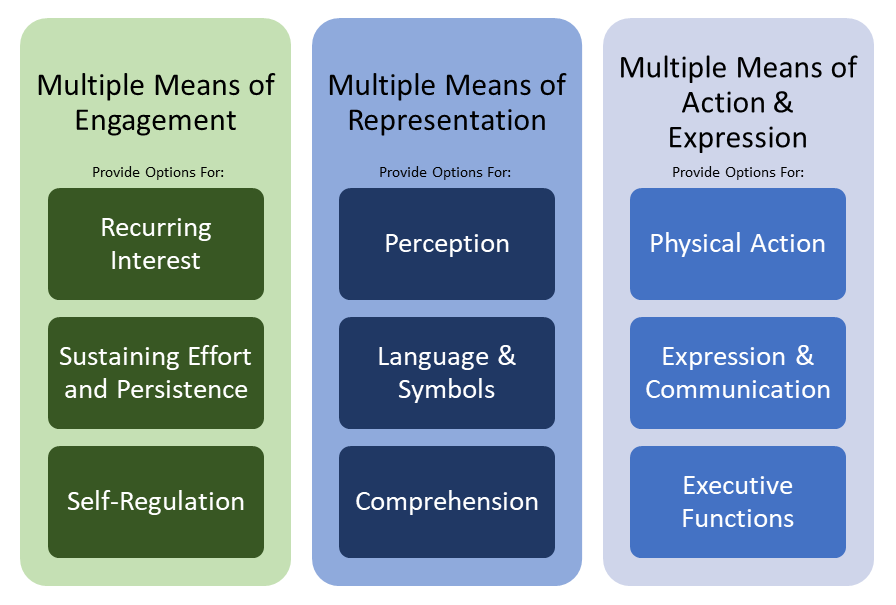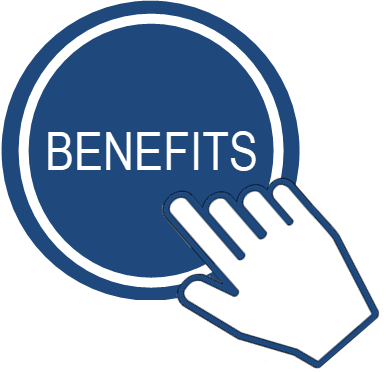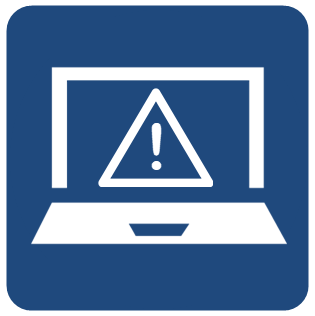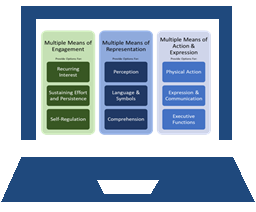Implementing Universal Design for Learning in Workplace Learning
Dawn Lemanis
Introduction
Higher education focuses on reducing the learning barriers for its students. Workplace learning using higher education as a best practice shall also strive to reduce learning barriers. One of the strategies to reduce barriers is the Universal Design for Learning (UDL) framework. It recognizes that “variability in learning is the norm, not the exception” (CAST, 2018). UDL is a “framework to guide the design of learning environments that are accessible, inclusive, equitable and challenging for every learner” (CAST, 2024c). Using UDL to reduce barriers to learning may positively affect the increase of educational equity for all learners. The research conducted in higher education will be used to transfer the implementation to workplace learning.
Figure 1
Domains of the UDL Framework

![]() Let’s begin with a short video to introduce UDL.
Let’s begin with a short video to introduce UDL.
Rosen, T. (2019). What is Universal Design for Learning?
To provide further explanation of the UDL framework, Levey (2023, p.479) describes multiple means of representation by “taking into account the variable ways information may be understood or grasped by students.” Multiple means of action and expression “considers the variations in the manner in which students are able to express what they have understood and learned (Levey, 2023, p.479). Multiple means of engagement “takes account of the ways in which a student can be engaged and motivated to learn” (Levey, 2023, p.480).
Before discussing the strategies for implementing the UDL framework into workplace learning, the benefits and limitations will be provided. Addressing the issues may have a positive effect in reducing the likelihood of occurrence in the implementation phase.
Benefits of Implementing UDL
 One of the key factors in implementing UDL guidelines is to increase equity in education. Although the focus is on workplace learning, educators should strive to add equity to all facets of learning. UDL “reduces the barriers and impediments facing all students. Therefore, individuals would no longer be required to self-identify to receive accommodations” (Kennette & Wilson, 2019, p.1). Educators designing and implementing UDL guidelines will be proactive in the learning process and will no longer have to provide individual accommodations.
One of the key factors in implementing UDL guidelines is to increase equity in education. Although the focus is on workplace learning, educators should strive to add equity to all facets of learning. UDL “reduces the barriers and impediments facing all students. Therefore, individuals would no longer be required to self-identify to receive accommodations” (Kennette & Wilson, 2019, p.1). Educators designing and implementing UDL guidelines will be proactive in the learning process and will no longer have to provide individual accommodations.
Limitations to Implementing UDL
 The area of focus is workplace learning, but we will look at the research in higher education regarding UDL. Addressing the limitations of implementing the UDL framework may assist in its success. Each of the limitations to implementation has been discussed in the HEQCO recommendations.
The area of focus is workplace learning, but we will look at the research in higher education regarding UDL. Addressing the limitations of implementing the UDL framework may assist in its success. Each of the limitations to implementation has been discussed in the HEQCO recommendations.
One of the issues with implementing the UDL framework is the lack of support and clear communication (HEQCO, 2023). To reduce this barrier, HEQCO recommends “establishing a UDL institutional policy” (2023, p. 7). Institutional policies will send a clear message to educators and administration of the value of implementation. Professional development shall be aligned with institutional policy, therefore causing the positive effect of increasing support for providing UDL education.
Another limitation of the UDL framework is the “understanding of UDL is limited to a checklist strategy, therefore limiting the possibilities of design” (Lambert et.al., 2023, p. 2). The UDL guidelines should not limit the design of course material. They should be used as a guideline to increase equity. Educators may not be able to implement every guideline for all course designs. Educators will choose what fits best in every situation based on the UDL guidelines as a resource. Providing educators training on the UDL framework to increase knowledge in the subject is another method to increase understanding. Increasing the educator’s mastery of the UDL framework shall be the first step in implementation.
Recommendations

There are several strategies to implement the UDL framework into workplace training. Stepping away from the traditional approach to presenting by lecture alone is one of the first steps. Educators need to provide the optimal learning environment for their learners. There are several methods to begin implementing the UDL framework. Next, the recommendations will be divided into three phases: the multiple means of engagement, representation, and action & expression. The following are examples of how to implement the UDL guidelines for workplace learning but do not address every guideline.
Note: CAST (2024b) has recently released the update 3.0 version of UDL Guidelines; click here to view: https://udlguidelines.cast.org/more/downloads/
Figure 2
The three principles, or domains, of UDL

Multiple Means of Engagement Strategies
- Provide training resources one week before the session. This allows for pre-learning that may be beneficial for all individuals, those who require additional effort to learn the material or those who do not. Providing resources before the session allows learners to translate the information if required.
- Minimize threats and distractions by communicating the rules of the classroom environment, including respecting everyone in the classroom. Allow learners to participate in the learning process and communicate that all questions are welcome.
- Begin with designing lesson plans intentionally to reduce cultural, cognitive, behavioral, and physical barriers (Lambert et al., p.2). One element is designing the lesson plan, but it is not the only one. Motivation and engagement referenced in the framework “suggest we need to make larger changes than lesson plans” (Lambert et.al., p.3). Increasing motivation and engagement may be achieved by receiving learner input in the design of assignments and assessments. Learners will have greater buy-in if they are part of the development process.
- Divide the class into small groups for case study assignments to “foster collaboration, interdependence, and collective learning” (CAST, 2024c).
Multiple Means of Representation Strategies
- Provide multiple means of expression for course material. Provide a linear and visual representation of material in the classroom. Using multimedia in the classroom can assist in this area. Using videos and illustrations to present material will benefit all learners.
- Provide a glossary of terms used in the training. A glossary can be used as a resource to assist learners with varying degrees of prior knowledge.
- Provide background information for the topic of the session. What is the history, benefits, and limitations of the topic? Providing a complete picture of the topic may assist learners in the transfer of knowledge.
- Relate new concepts to a problem or example in the workplace. Learners may remember a real scenario rather than a hypothetical one.
- Activate prior learner knowledge at the beginning of the learning process.
Multiple Means of Action & Expression Strategies
- Integrate multimedia into the classroom. The use of videos and a digital platform adds additional means for your learners to communicate. Microsoft Teams can be used to add a group to share files or chat with both instructors or other learners.
- Organize and provide course materials in accessible PDF documents to “optimize access to accessible materials and assistive and accessible technologies” (CAST, 2024c).
- Provide options for learners to express what they learned from the material. Giving learners the choice of how to communicate their level of mastery of the topic may increase motivation. Involve learners with setting deadlines for their assessments.
- Provide continuous assessment of learners to enhance the capacity to monitor their progress. Learners will be able to self-regulate to achieve desired results.
Conclusion
Implementing the UDL framework requires ongoing reflection to determine its success. Establishing a community of practice for educators and administrators involved in implementing UDL would be beneficial. This will allow trainers to learn from each other’s successes and failures. Develop a community of practice both industry-wide and organizationally. Several UDL strategies in the framework may be easily transferred between industries. One of the recommendations from the study conducted by HEQCO states, “facilitate opportunities for faculty and staff to connect and learn” (HEQCO, 2023, p.21). Building a community of practice addresses this recommendation. There are several means to create a community of practice. Creating a digital artifact using Discord or Microsoft Teams to provide greater access to participants. Conducting virtual meetings monthly or quarterly may also be beneficial to the community of practice. Meetings can provide professional development opportunities to its participants, including the recent revisions to the UDL framework version 3.0. Generating ideas with educators may also reduce anxiety regarding the implementation of the UDL framework.
Implementation is the beginning of the UDL journey. We need to ensure we are proactively using the UDL framework. By reviewing HEQCO’s recommendations, we can evaluate the success of implementation. Begin by establishing UDL as an organizational policy, facilitating a community of practice, and evaluating the outcomes of implementation (HEQCO, 2023, p.7). Focusing on reducing barriers in education will promote equity for all learners.
References
CAST (2018). Universal Design for Learning Guidelines version 2.2. http://udlguidelines.cast.org
CAST (2024a). About the Graphic Organizer. UDL Guidelines. https://udlguidelines.cast.org/more/about-graphic-organizer/
CAST (2024b). Downloads. UDL Guidelines. https://udlguidelines.cast.org/more/downloads/
CAST (2024c). The Goal of UDL: Learner Agency. UDL Guidelines. https://udlguidelines.cast.org/more/udl-goal/
CAST (2020). Key questions to consider when planning lessons. (reprinted from Universal design for Learning: Theory and Practice, by Meyer, A., Rose, D.H., & Gordon, D., 2014). http://www.cast.org/products-services/resources/2020/udl-guidelines-key-questions-planning-lessons
Courts, R., Chatoor, K., Pichette, J., Okojie, O., & Tishcoff, R. (2023). HEQCO’s Dialogues on Universal Design for Learning: Finding Common Ground and Key Recommendations from the Sector. Higher Education Quality Council of Ontario.
Kennette, L. & Wilson, N.A. (2019). Universal Design for Learning (UDL). Journal of Effective Teaching in Higher Education, 2(1). https://doi.org/10.36021/jethe.v2i1.17
Lambert, R., McNiff, A., Schuck, R., Imm, K., & Zimmerman, S. (2023). “UDL is a way of thinking”; theorizing UDL teacher knowledge, beliefs, and practices. Frontiers in Education (Lausanne), 8. https://doi.org/10.3389/feduc.2023.1145293
Levey, S. (2023). Universal Design for Learning. Journal of Education (Boston, Mass.), 203(2), 479–487. https://doi.org/10.1177/00220574211031954
Rosen, T. (2019, June 19). What is Universal Design for Learning? [Video]. https://youtu.be/I4xuzW1-gUs
